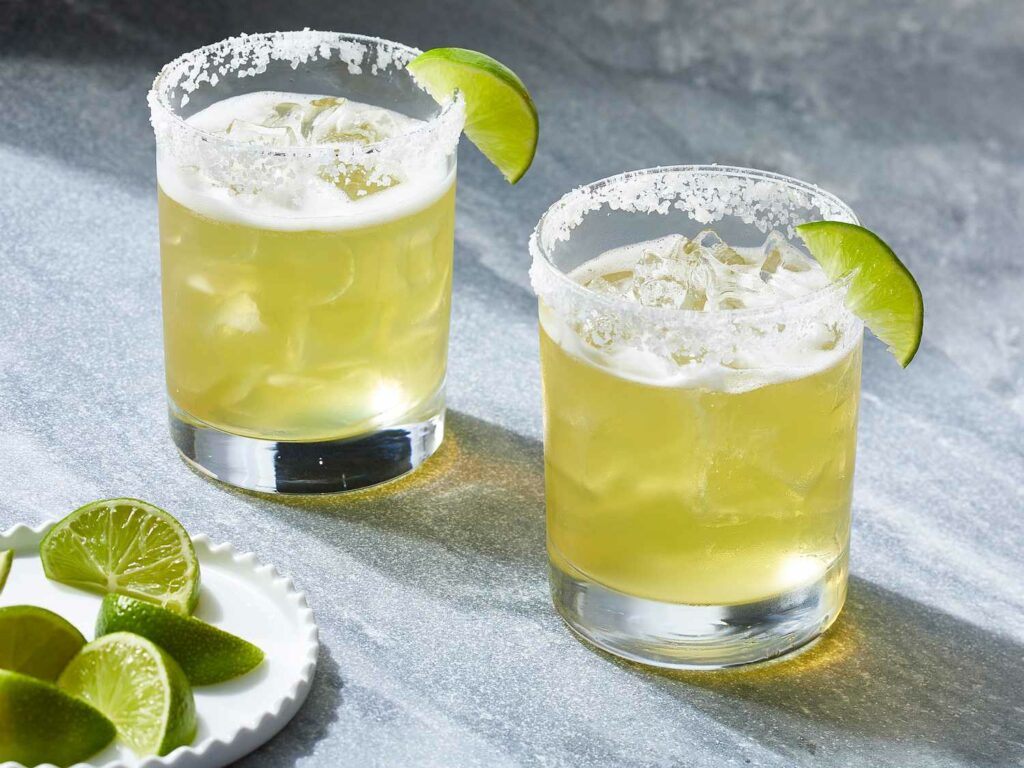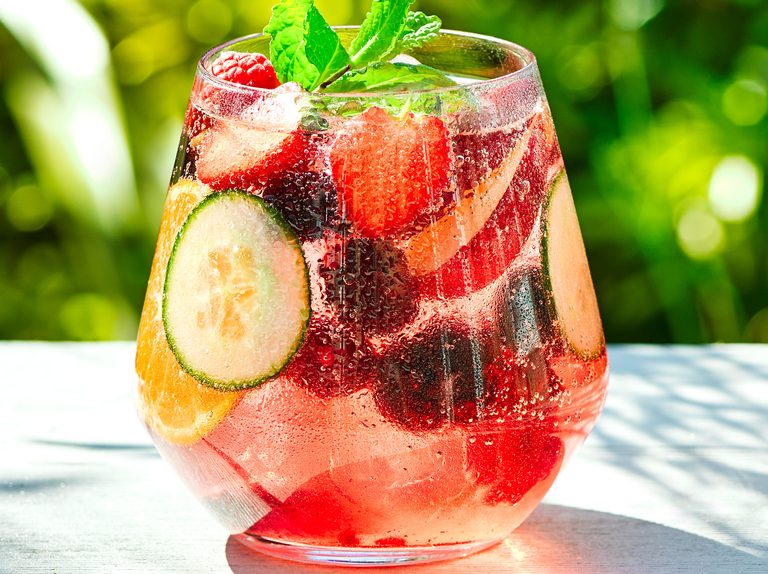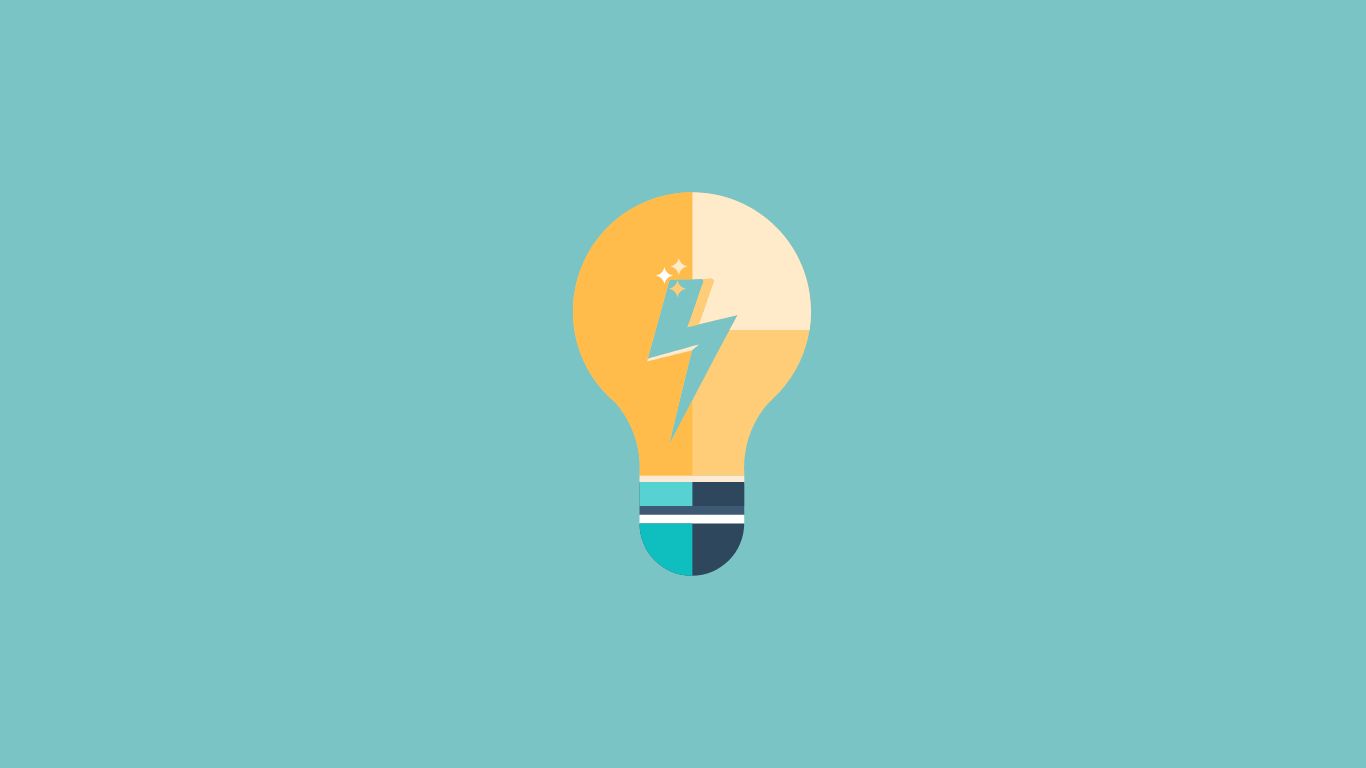For our second edition of Impactful Human Connections, we explore the most interesting trends in both the alcohol and alcohol alternatives spaces. To be the first to see these thought pieces in our Impactful Human Connections Digest, sign up for our newsletter.
With the entry of many new players and competitors to the alcohol market, especially non-alcoholic challengers, the alcohol landscape is looking quite different than in past years. Driven by shifting attitudes, appetites and lifestyles, all of which were compounded by the pandemic, there is much to explore and derive insights from when it comes to drinks. We at M&C Saatchi One-to-One have been monitoring the space over this revolutionary time for the industry and have harnessed our thoughts on both the alcohol space itself as well as its newer brother, the alcohol alternatives space. Let’s do a deeper dive.
What’s the latest in alcohol?

Where alcohol is still alcohol, there is still rapid innovation happening in the true alcoholic drinks space in terms of the type of alcohol consumers are leaning towards, how they are drinking it and how they are purchasing it. The rise of DTC platforms for alcohol has boomed within the past few years, with 64% of regular craft spirits drinkers planning to purchase craft spirits via DTC shipping in 2023. And speaking of, spirits overtook beer in the U.S. for the first time ever, according to the Distilled Spirits Council of the United States, indicating the continuation of the premiumization trend that has been gripping the market for the past few years. This includes the growth of whiskey, rum as well as Mexican spirits (think mezcal and tequila). Many consumers are opting to drink those spirits in the form of canned cocktails, with the Ready-to-Drink cocktails (RTDs) market growing 35.8% in 2022 to reach $2.2 billion in sales.
Sober Curious?

It’s no secret that Gen Z is drinking less alcohol than its predecessors, but low and no-alcohol movement is more than abstaining from alcohol. In fact, this $11bn market is fueled primarily by drinkers looking to intermittently weave alcohol alternatives, with delicious flavor combinations and potential health benefits, into their drinking routine rather than replace it altogether. A key trend in these alcohol alternatives is the innovation of flavors and bold ingredients like grapefruit shrubs and smoked tea. In fact, 66% of consumers say that intriguing flavors are a “compelling motivator” for them to experiment with cross-category beverages, according to 2023 Mintel research. These consumers are also looking for alternative effects to alcohol in these products, whether those be mood-lifting (ie. adaptogens, CBD microdoses, or non-hallucinogenic psychedelics) or health-benefiting (ie. hydrating, filled with vitamins). This speaks to the role that these products still have in a social situation, despite being non-alcoholic, which is apparent when looking at the rise of sober bars and bottle shops. But bars aren’t the only place for these products. We’re seeing new consumption occasions appear for alcohol alternatives (think workout classes or your office), given that they aren’t in fact alcohol. See Culture Pop partnering with Outdoor Voices to host a basketball game in Boston. There is only more innovation to come from this category and we, for one, are watching.
What is our team saying?

We asked our team some questions about their relationship with alcohol and how it’s evolved over time. Though responses varied, the general consensus was this: we’re still drinking alcohol, weekly if not more, but we’re taking a more considered approach to what and when we drink. 85.7% of respondents said their alcohol consumption habits had changed over time and of those respondents, all said their consumption has decreased rather than increased. Reasons for this included anxiety-reduction, limiting hangovers, weight loss and overall health. On the flip side of this, respondents cited positive symptoms from limiting alcohol intake, both physical and mental. One respondent said, “Stopping drinking has given me more energy, made my head clearer and made me happier overall.” Respondents also commented on how their priorities around drinking have shifting, with one respondent saying, “[I’m] more likely to choose a fancy drink I really enjoy and have less of them than just viewing alcohol as a means to get buzzed,” aligning with the continuation of premiumization we’ve seen on a cultural level. It seems people have also noticed a shift in the perception of drinking, or binge-drinking, with another respondent saying “it’s becoming ‘cooler’ to drink less [… and] to have an active Saturday rather than just nurse a hangover all day.” As evidenced by our sample of responses, consumers are changing their relationship with alcohol, but they aren’t ending it altogether.
93% of respondents reported that they do drink alcohol.
72% of respondents consume alcohol at least once a week.
86% of respondents have made a conscious decision to limit or give up their alcohol intake.
So, what does it all mean?
Consumer IMPACT
Driven by availability of better options and changes in attitude, consumers are feeling more empowered to make personal decisions around their alcohol consumption. This includes intentionally deciding when they are going to indulge in a drink rather than feeling pressure to binge in social settings. They are getting smarter and savvier about the beverages they put in their bodies, turning to factors such as ingredients and health benefits over the cheapest booze on the shelf. Essentially, quantity of drink may be going down but importance of quality is only increasing. We expect to see this trend continue, with consumers further educating themselves on the products they are consuming and taking control of their consumption.
Brand IMPACT
Brands must consider the role they play in a consumer’s image and lifestyle. If it’s considered ‘cool’ to be drinking less, brands must be mindful of what they represent and how they respect this change in consumer attitude. This means focusing messaging around quality of ingredients, as consumers pay more attention to what they are putting in their bodies, and when the right moments for consumption are. Most importantly, understand how your brand can contribute to this new consumer’s lifestyle and evolve with them, as consumer will continue to have expectations around innovation and growth.
CRM IMPACT
From a CRM perspective, learning more about your consumers’ individual consumption habits has never been more important. Collect richer consumer data around their general lifestyle, consumption preferences outside of your brand as well as with your brand, and attitudes to inform relevant communications that align to these needs. This requires maintaining a strong preference center, learning from brand partnerships, circulating surveys, and simply asking your consumers what matters to them. Knowing your role in your customers’ lives will inform not only when to communicate, but also when not to communicate, which is equally important.




